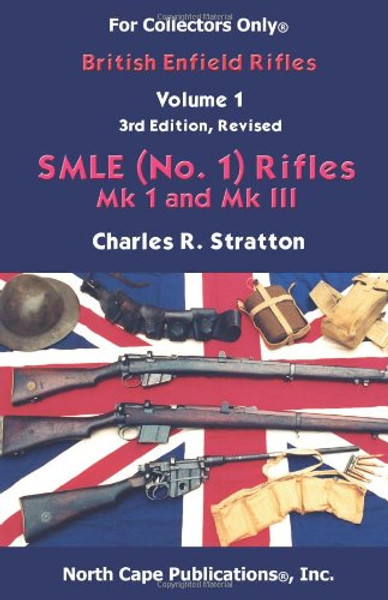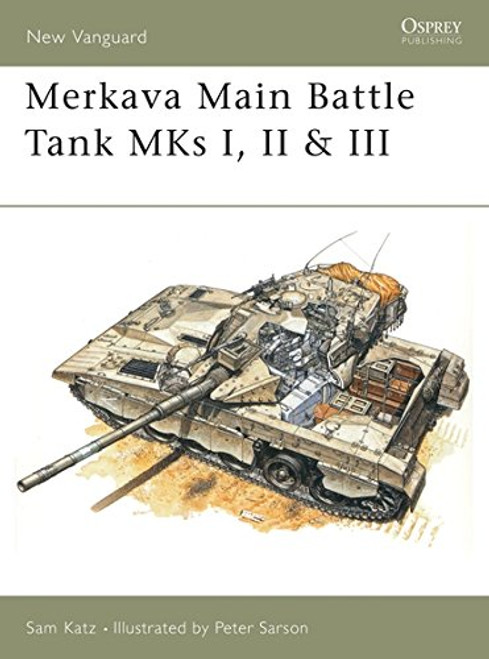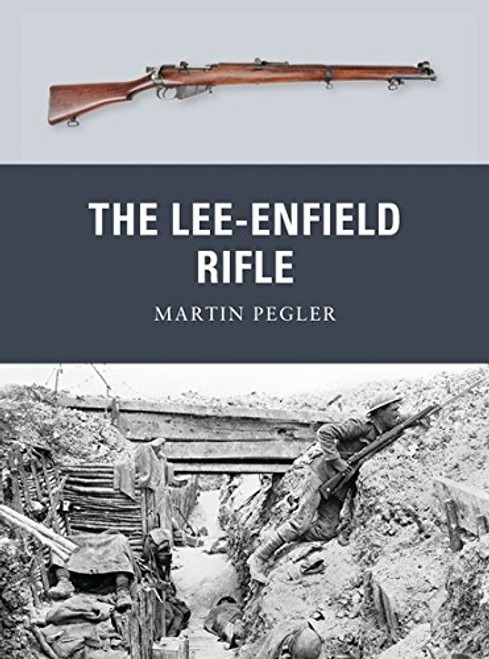Product Overview
The SMLE rifle of the British military forces was in continuous front line use for more than seventy years and is still found in daily use in the arsenal of many military and police organizations around the world. It was one of the most rugged and trouble-free military rifles developed during early 20th century and served in every one of the British Empire's military actions from India's Northwest Frontier to the colonial wars of the 1950s and 1960s.
The SMLE underwent many changes during its years of production in dozens of factories and arsenals in Great Britain, Canada, India, Australia and South Africa. Determining where a particular SMLE was made is often subordinate to attempting to figure out which model and variation of rifle one has. The British developed a very systematic way of accounting for models and design changes but one which can be quite puzzling. Briefly, models are marks, abbreviated, Mk. Major changes to that model, or mark, are listed by Roman numerals, i.e., SMLE Mk I or Mk III. Minor changes to that model are listed by the addition on an asterisk, * . In the mid-1930s, a new system of model designation was introduced. The SMLE Mk III became the No. 1 (but of course, the rifles, all made before the change continued to carry the original designation stamped into the receiver). After India achieved Independence in 1947, they continued to follow the British marking system, but with codes and specific to their needs.
The next step is determining which factory made the rifle's receiver (after seventy some years of use there are very few rifles without one or more replacement parts). The factory name or abbreviation was often stamped on the receiver but may have been obscured by use. Other markings and indicators though are always present if you know what to look for. The same holds true for virtually every part. And since parts for the SMLE are in plentiful supply, returning a rifle to its original factory condition can almost always be accomplished.
In addition to manufacturer's markings, British armorers and storekeepers (ordnance types) stamped the SMLE with a profusion of markings that when translated can often provide a pretty thorough history of the rifle's use, right down to the units in which it served. And finally, while the SMLE is a rugged battle rifle, well tested over the years, parts still do break. It is essential to know the model and variation of your rifle in order to replace the part correctly.








